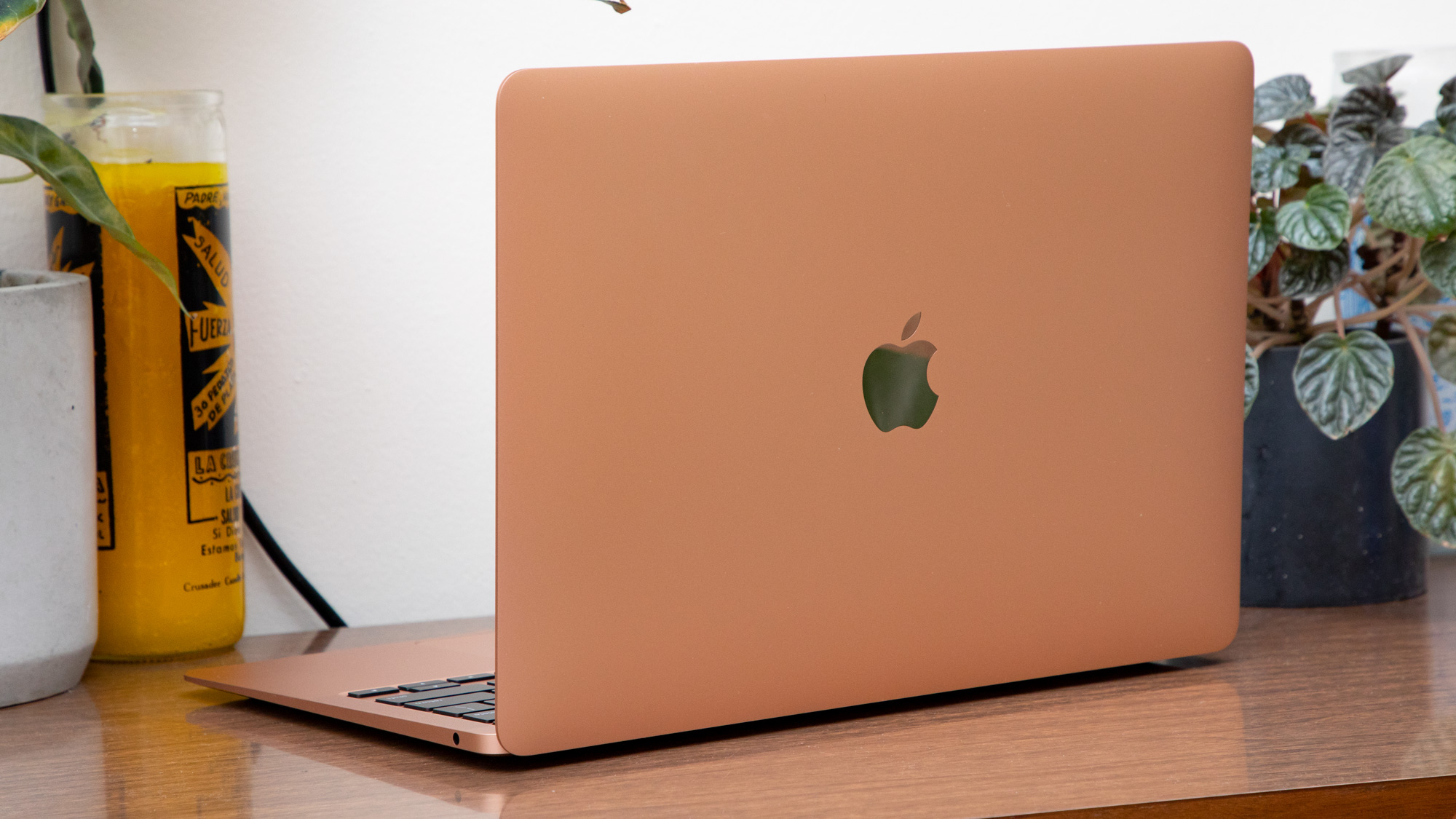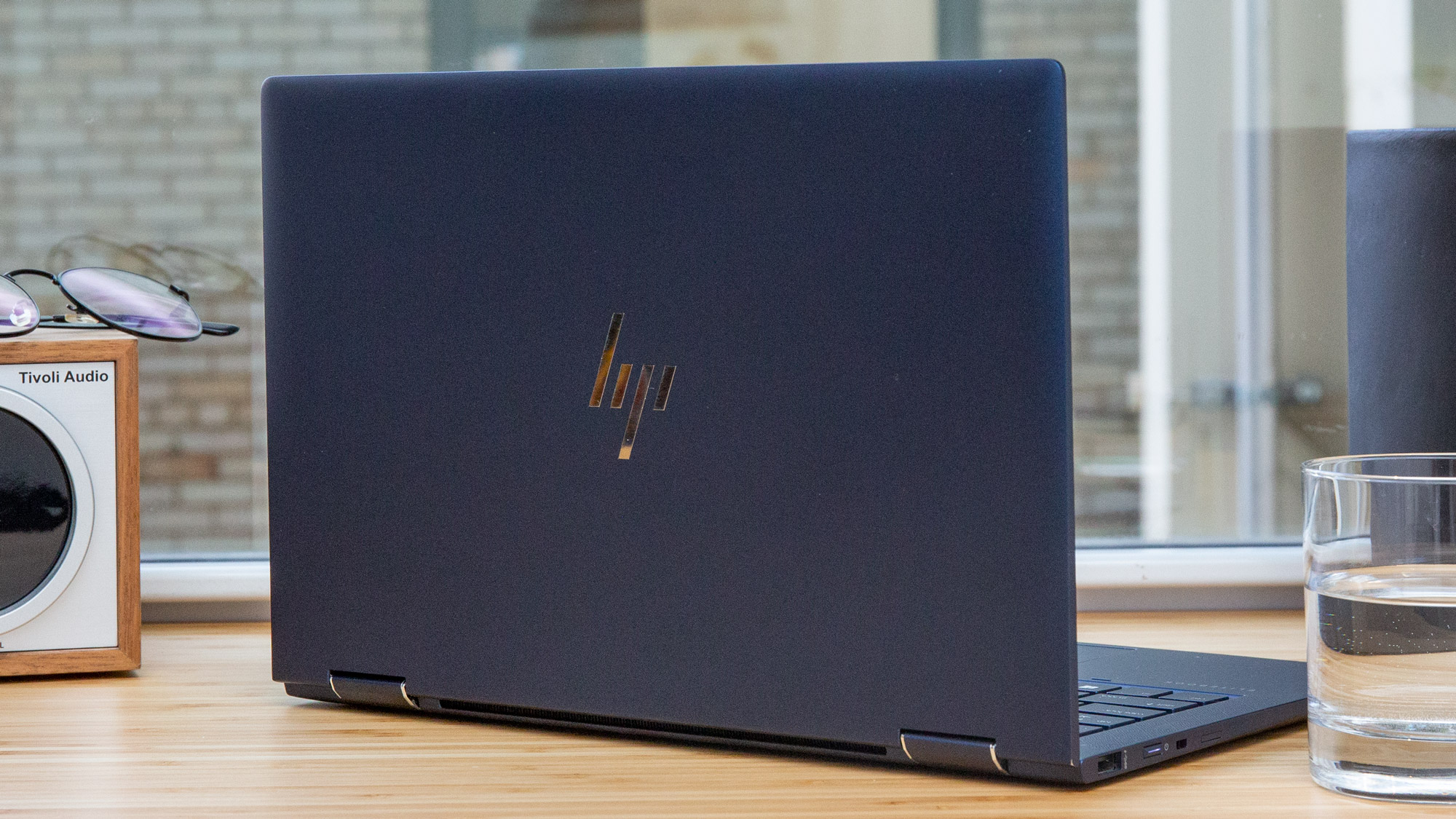
Recently, I was in the market for a new laptop. And while shopping at a major retailer, I was surprised to find that the vast majority of options were the same gray and black color schemes that were front and center the last time I bought a laptop, several years ago. While both Apple and Microsoft offered several color options, such as the Gold MacBook Air and Sandstone Surface Pro (safe choices already vetted by the popularity of Rose Gold iPhones), I was unable to find the exact specs I was looking for in those colors, especially for the price.
On an impulse, I nearly bought the Surface Pro anyway but the color I wanted turned out to be out of stock. Online options weren’t much better. Ultimately, I ended up with a newer version of the same silver Dell Inspiron I’ve been toting around for the last decade.
I understand that laptops are sold to a very wide range of consumers, but the neutral color palette leaves a lot left to be desired. Falza Khanani, Director of Design for Dell Technologies, told me the Inspiron is meant to be “expressive and accessible at a global scale.” Yet, why is it, in 2020, when consumer choice is arguably at an apex, that laptops are still cranked out in the same shades we’ve had for years?
The answer is more complicated than I expected.
How laptop manufacturers see color
It turns out there are several major manufacturers that produce laptops with a much broader array of color than we are used to seeing on the shelves of big-box stores and large online retailers. Want a pink that pops? Razer and MSI have that. More of an outdoor person who prefers a misty green? Acer has you covered. Asus, who once pushed the envelope with scented laptops, offers the VivoBook S15 in coral, teal, and red, among other finishes.
Design teams do consider color as part of “CMF” or Color, Materials, Finish—a concept in industrial design that speaks to the chromatic, tactile, and decorative aspects of a product. “We analyze how trends affect people's emotions, as well as the imagination of colors and materials,” said Ester Suh, Technical Marketing Manager at Asus. “Our color decisions are based on product design and where we think the market is headed.”
Brandon Warren, Industrial Design Director at Razer agreed. “From a design standpoint, our choice of color is an expression of both our community and our brand.”
Sign up to receive The Snapshot, a free special dispatch from Laptop Mag, in your inbox.
“Color is never viewed individually as a surface treatment,” said Khanani. “The design process always starts with obsessing over the customer, but I would shift the conversation from being color specific to a total CMF experience.”
Consumers set the trends — for better or worse
What complicates matters is that consumers, who, when making a significant purchase, tend to lean away from something that is perceived as flashy and might end up feeling dated later — just like they have with cars, over time trending toward whites, blacks, and grays. This, in part, explains why laptops that are built for the masses, like my Inspiron, come in such a limited palette.
HP, for example, in addition to being a top-3 manufacturer, is a leader in industry research around laptop finishes and surfaces, but still largely offers black and gray cases.
Only two laptop lines show much deviation: the award-winning Dragonfly Elite, which comes in a just slightly iridescent blue, and the HP Spectre Series Family, which includes a tablet with a sleek natural leather binding and convertible models with trim in copper or brass. All of these machines are marketed as higher-end units.
“We try to be predictive of success or acceptance of color options,” said Stacy Wolff, VP of Design for HP. “We are not trying to push a single vision or a single solution. A gamer laptop, for example, may have similar specs to a corporate workstation, but the way it is presented will look very different.”
Wolff also mentioned that HP looks for inspiration at places like the Milan fashion week, with the goal of bringing a fresh perspective to the look and feel of different lines.
Design before color
Some of the distinction, too, comes in market segmentation. Lenovo, which led worldwide PC shipments in the second quarter of 2020, is committed to black. “Design is much bigger than the color of aesthetics of the product; if we’re only talking about these items, then we’re talking about the wrong things,” said Brian Leonard, Vice President of Design, Intelligent Devices Group at Lenovo. “We believe that design is about crafting beautiful and purposeful experiences for people.”
Nearly anyone who has been outfitted with a laptop by an IT department has had a Lenovo ThinkPad finished in the proprietary “soft-touch black.” While corporate workers may not call it “beautiful,” now in its 8th generation, it remains one of the highest-rated business laptops out there. Leonard notes details like an integrated webcam cover in response to seeing users covering their lenses with tape a priority over different color options.
Hope on the horizon
Business purchasers — who strongly value uniformity— drive a large part of the market. No one I spoke to for this story wanted to share how their sales numbers were divided in terms of B2B or B2C sales, but the brands that clearly have a stronger consumer focus are the ones with bolder palettes.
“Introducing Mercury White and Quartz Pink to our product lineup was based on very vocal community feedback and continues because of the community’s support of those products,” said Travis Furst, Razer Blade 15 product manager at Razer. Of all the manufacturers mentioned in this story, Razer sells specifically to the gamer community, a B2C market.
Ultimately, broader development and adoption of brightly-colored laptops may still be on the horizon. Many of the unique colors from Asus, MSI, Razer, and Acer, while still showcased prominently on their websites, remain sold out, indicating that there is consumer demand for these products. Despite really liking my Inspiron, I’m envious of those who got their hands on the VivoBook S15 in Gaia Green. In a few years when I’m in the market again, I’ll have my eye out for what new CMF options there are, but I’ll still be looking for color.



